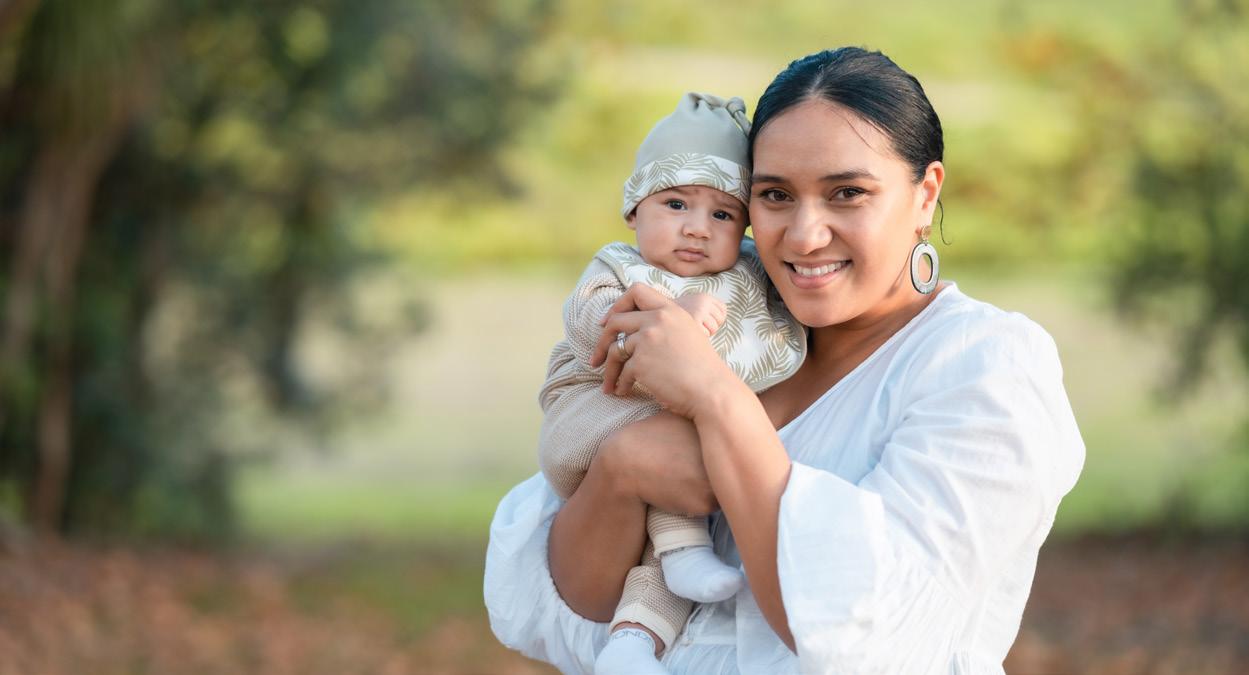
2 minute read
Attachment Theory 101
Attachment theory in parenting is concerned with how infants develop a close relationship with at least one caregiver in their lives, especially mothers, but also with other consistent caregivers such as the child’s father and grandparents.
This theory is used to describe the set of behaviours from the child towards the parent. Babies form an attachment with us (not us with them), and how we respond determines the nature of that attachment.
Attachment theory suggests that children are born into the world with two main needs: the need for closeness, comfort, safety, security and protection; and the need for exploration, independence and autonomy.
Children thrive when their parents are sensitive to the nuances the child is expressing and also responsive, offering support that fits that need. Children need their parents to be available and attuned to them both physically and emotionally.
Babies are wired to form this attachment with their parent: babies cry, and this moves their parent to feed them, soothe them or change their nappies; they babble and coo, and parents speak to their baby. When these things consistently happen, babies become confident that their parent can and will respond. In this way, attachment is important for the child’s social and emotional development, as well as their safety.
When children are exploring their world and asserting their independence, they need their parents to allow them the freedom to do that safely. Sometimes children become tired, scared, hurt or overwhelmed in the course of their exploration and they will return to their parent for closeness and comfort. Parents can help soothe their child’s emotions, providing rest and reassurance until the child feels ready to take on the world again.
For the full article from Parenting Place, go to tinyurl.com/SALTSafeSecure










